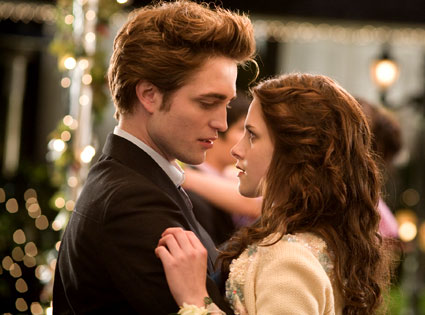 Mary says:
Mary says:I have a t-shirt with this picture on it. I don’t wear it many places.
This is an ad for the 1931 movie of Dracula, with Bela Lugosi, as you can see, apparently strangling Mina, but of course, that is not what he is doing because these movie vampires bite—they don’t strangle—and no such picture appeared in the movie.
The poster is selling sex and violence--mostly violence, I would say, given the position of Dracula’s hands. But isn’t Dracula up to more than just sex and violence? Not that he isn’t having fun, but it would seem sad for a powerful supernatural being like Dracula to go chasing all over Europe just to grab the neck of an English bunny, desirable as she may be.
Or is he Death destroying youth—and life? He is perhaps a demon lover, only without bothering too much with the lover business.
What would this movie be like if we were to take away the vampire idea? Dracula would just be a dirty old foreigner skulking around after innocent English girls. Maybe it would be like The Lodger. The horror in both of these movies comes from the Gothic setup, the camera angles, the sharp contrasts, the mystery, the surprises (better, all this, in The Lodger than in Dracula).But Dracula is undead—a supernatural being—and this expands the meaning of the movie. Dracula is, after all, Death itself—and so he includes us all.
 Mary says:
Mary says:Vampire Circus is a Hammer vampire film, but without Dracula. For a summary and favorable review, check out the Movie Feast blog.
This is not a very good poster, is it? Where is the circus? There is an actual circus in the movie, complete with vampires. It visits this isolated little town in the middle of a plague. Most of its citizens are dead by the end of the movie in addition to some vampires. All in all, it is a pretty good movie as vampire movies go. Very colorful.
It is true, as the blog says, that this film ignores a lot of Hammer Film vampire lore—or Bram Stoker or Tod Browning vampire lore. But it excels in Hammer sexiness and grisliness.
The film maintains the folklore idea that the vampires cause the plague or vice versa. Which is to blame? The vampires are the bringers of death. These vampires can flourish because of the general cowardliness and corruption of some of the community and because of the plague. And the circus suggests the irresponsibility and fecklessness of the town’s citizens in the face of disaster. All these motifs are integrated into a theme of life as a sort of circus of death (rather than dance)—which suggests, of course, that, ultimately, there is nothing to be done about it. But have sex. This is a Hammer film, after all, so there are lots of boobs and bottoms.
The poster is wretched. No one in the movie puts little people in his mouth.












